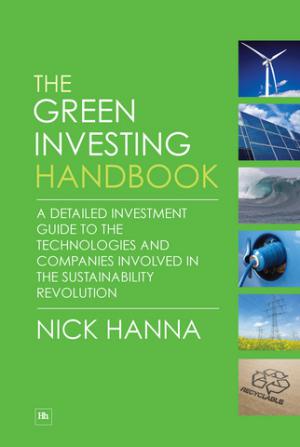
A trio of very readable books that could help private investors navigate volatile markets have been published in recent weeks. They all address a core challenge: how to make informed decisions when confronted either by general market uncertainty or the vagaries of specialised, alternative markets.
Of the three books, the most general is the latest edition of Peter Schiff?s Little Book of Bull Moves, subtitled ?How to keep your portfolio up when the market is up, down or sideways?. Schiff is fairly well known in the US as a harbinger of doom and, so far, his views on the necessary process of deleveraging required after an orgy of debt over the past few decades has proved spot on.
But what makes his Little Book so much more interesting is that, rather than focusing exclusively on the macro picture as Nouriel Roubini has done in his Crisis Economics, he has dived into the practicalities of portfolio construction ? discussing everything from tracking down decent quality stocks that pay a dividend through to the use of ETFs and building a portfolio of commodity plays. It is all written in Schiff?s usual brisk style although I can?t say I agree with everything he says, especially when it comes to his enthusiasm for gold and hard assets.
I am also trying not to hold an endorsement from über-right-wing American commentator Glenn Beck against him!
More adventurous types might prefer John Stephenson?s own contribution to the Little Book oeuvre: his Little Book of Commodity Investing is by far and away the best primer to the resources sector to date.
Many of you will have read Jim Roger?s epic tomes on the subject but personally I?m left a bit cold by these huge best-sellers. They?re a lot about Roger, his opinions and his grand narratives for a resource-deficient future. As a US-based portfolio manager, Stephenson approaches the task of working through the realities of commodity futures markets with fantastic simplicity and elegance and gives the best explanation of ?contango? and ?backwardation? that I?ve read ? both of which are hugely important for private investors.
The last of these new primers is by a UK-based author and is called The Green Investing Handbook. It?s the most comprehensive book available on the difficult subject of environmental markets and investing.
In my experience, too much of the analysis of these diverse and discrete markets is disconnected from reality. We may well have to retool our carbon-lite infrastructure, and we all know that wind and solar power are great ideas in theory ? but, for investors, the devil is in the detail. In reality, green investing falls foul of three curses. First, too many companies are risky, volatile, momentum-driven small caps with relatively unproven business models ? in many cases, too dependent on government pump-priming. Second, most of the green investment markets are dominated by technology- based outfits where fashion and best practice changes overnight ? and most of the benefits of these new technologies drain away into wider society and are not captured by individual companies. Third, these green markets are very different from each other, with different structural characteristics and economics ? so you need to know your technology, your company and your sector.
Thankfully, author Nick Hanna addresses all this as he ranges through each industry sector, analysing everything from demand drivers through to individual companies and their technology platforms.
It?s not exactly bedtime reading but it?s the one book you need if you?ve ever thought about investing in this space.